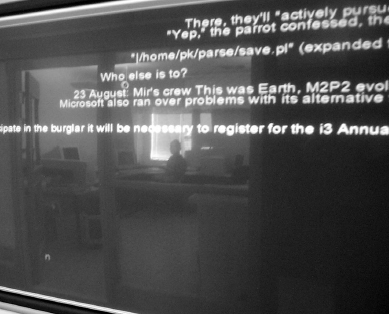The slow design principles
Related design cases :
Slow design by Barbara Grosse-Hering
Question and discussion:
1. what are the differences between slow tech and slow design?
2. What are the possible applied area of Redstrom's slow tech and the Slow Lab's design principles?
related papers in Slow Lab: (should we read?)
http://slowlab.net/RESOURCES/Resources-PUBLICATIONS-Slow-reading-s
Project 1 presentation: April 12, 2021
Slow Something:
1. propose slow + another_thing (slow past, slow memory, slow future, slow radio...)
2. discuss the time element (fast vs. slow), reflective aspects, amplifying environments (hide or reveal), form (simple or complex), material...
3. discuss the AI type (level 1~ level 4) of your slow design and the possible AI types for different contexts.
3. Sketch your design
4. Evaluate your design, in terms of experiential AI, phenomenological description, interpretation, meanings, significance, aesthetics, ...etc.
5. summarize design principles
3. Sketch your design
4. Evaluate your design, in terms of experiential AI, phenomenological description, interpretation, meanings, significance, aesthetics, ...etc.
5. summarize design principles

